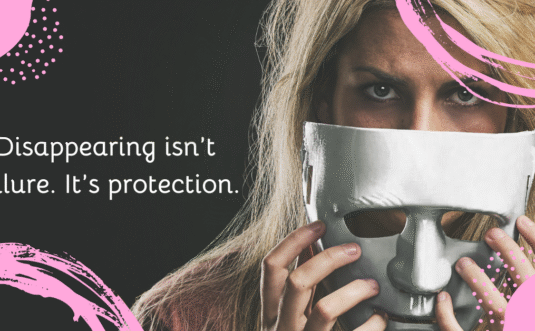There’s a part of me that sometimes speaks before I’ve had a chance to breathe.
A part that reaches for the snack, the screen, the shopping cart—whatever brings the fastest sense of relief.
We often call them impulsive. Unruly. Reckless. Saboteurs.
I’ve come to know them as something else entirely: Protectors.
There is always a purpose behind the Impulse
Before we dive in, I want to gently invite you to take a breath. To allow space for the possibility that these impulsive parts of you aren’t trying to hurt you or other. They are not wrong. They are not something to shame, silence, or sever from your sense of self.
They are signals.
Every impulse is a messenger. A part of you has learned, somewhere along the way, that acting quickly, without thinking, without consulting the rest of you, is the safest way to reduce risk.
Risk of pain. Risk of rejection. Risk of feeling powerless.
Risk of losing connection.
In Internal Family Systems (IFS) and other parts-based models, we understand that every aspect of our whole self, even the most chaotic, is doing its best with what it knows. Those impulsive parts? They’ve often learned urgency in the face of uncertainty. They’ve learned that if they don’t take the wheel, someone or something else might.
Where do our Impulsive parts come from?
Impulsivity rarely begins in adulthood. These parts often root themselves in early experiences, when we didn’t have the language, power, or support to navigate what was happening around (and inside) us.
Maybe they first showed up as the part that blurted out jokes to avoid bullying or the part that tried to numb out after a breakup left a wound too tender to face.
Over time, their strategies evolve. Their tactics shift. What remains consistent is their devotion.
Yes, devotion.
Because even when their methods bring consequences, their intentions are to protect. To keep us from falling apart. To avoid the unbearable.
How can we begin meeting these parts?
There’s no quick fix here. No five-step formula for erasing the chaos. That’s not what this work is about. This work is about safe presence. Witnessing. Making space for connection.
Here’s where I invite you to begin:
1. Get Curious, Not Controlling
The first instinct might be to clamp down on the impulse. To override it. Try, instead, to ask:
“What are you trying to protect me from?”
“What do you wish I knew right now?”
“What are you afraid would happen if you didn’t act?”
Even if there’s no answer right away, the asking itself builds relationship.
2. Practice Presence Without Judgment
You’re not here to fix this part of you. You’re here to learn its language. Its rhythm. Its unmet needs.
3. Acknowledge the Original Wisdom
No matter how messy the impulse feels today, it came from a moment in your life when that action made sense.
4. Invite Collaboration
Eventually, these parts don’t have to act alone. When they feel met, they often soften. When they know Self is present: clear, connected, confident an calm. They don’t need to fight for control.
You Are Not Broken!!
One of the most painful illusions we carry is the belief that we are broken because we act in ways we can’t always explain.
Yet every impulse has a backstory and every part that acts out is, in some way, acting up to be seen.
You are not broken. You are brilliantly adapted. Through the work of consciously meeting these parts of you, of making room for these impulses to tell their truth. You are inviting them back the care of your best Self.
I’ll be sharing more on this in future pieces. Like how to distinguish impulse from intuition, how to move from reactivity to response, and how to begin resourcing these parts with what they truly need.
For now, I leave you with this reminder:
You are allowed to slow down.
You are allowed to be in relationship with your impulsive parts.
You are allowed to be whole, even as you’re still learning the language of your inner world.

